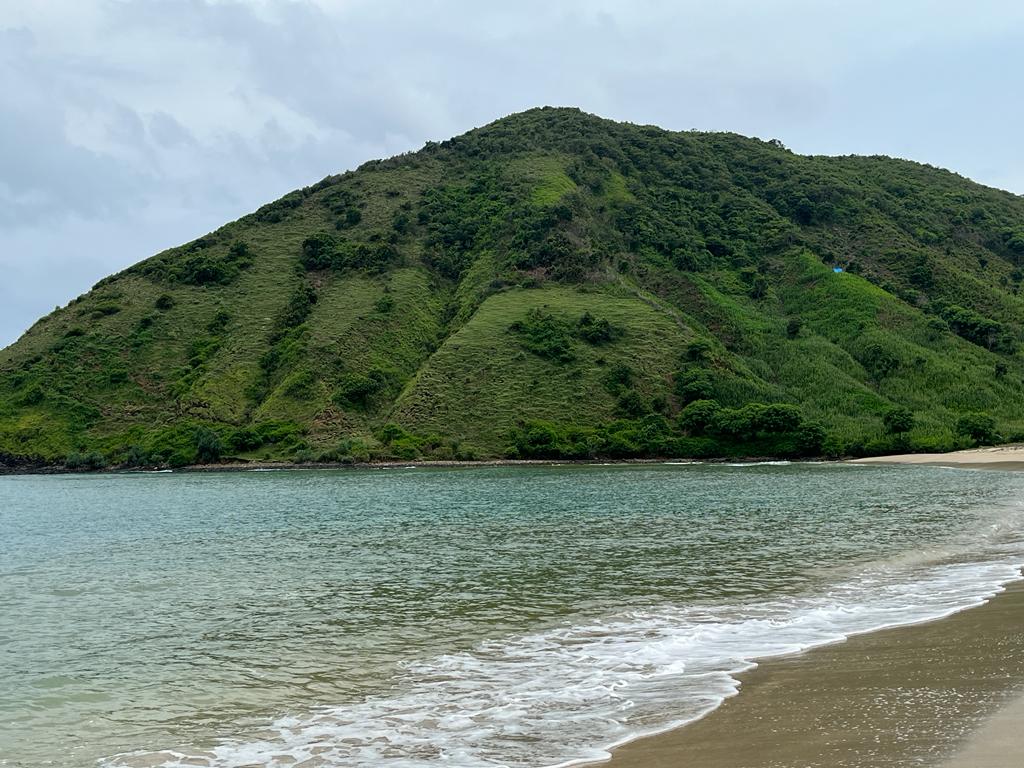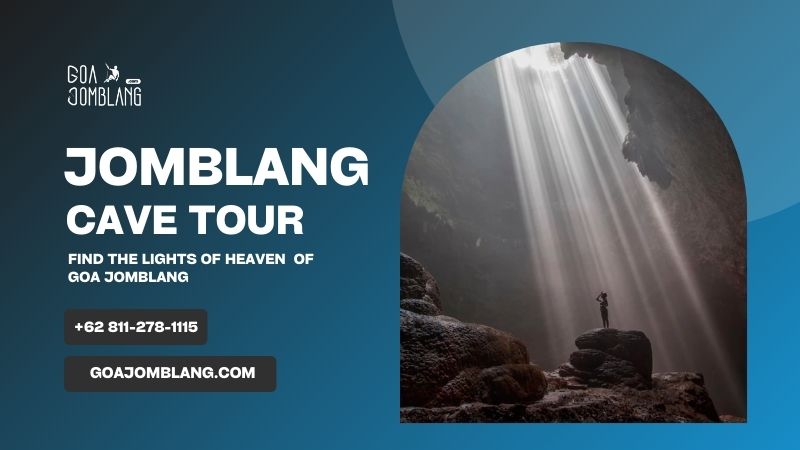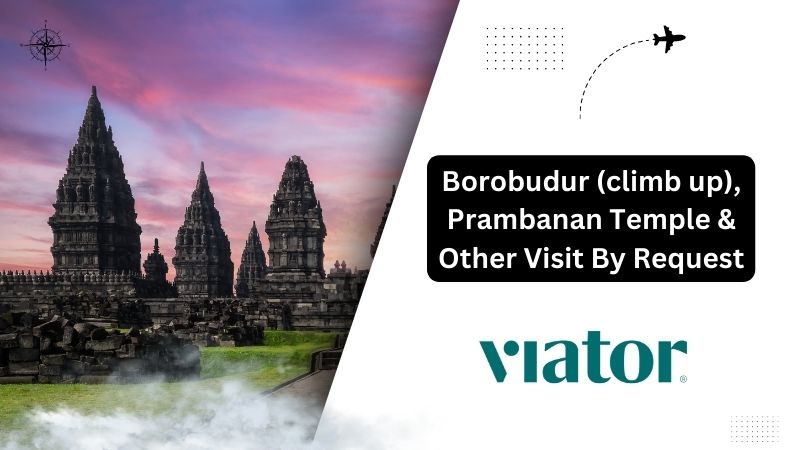Hello guys, by this article I would like to share the newest information regarding Prambanan Ticket Price and Opening Hours in 2023. So if you really want to have the newest update, you are in the right article as we always keep updating this article.
History of Prambanan Temple
Before we continue to give the information regarding Prambanan Ticket Price or the opening hours, I will give you a short history about Prambanan Temple.
Built in the 10th century, this is the largest temple compound dedicated to Shiva in Indonesia. Rising above the centre of the last of these concentric squares are three temples decorated with reliefs illustrating the epic of the Ramayana, dedicated to the three great Hindu divinities (Shiva, Vishnu and Brahma) and three temples dedicated to the animals who serve them.

Outstanding Universal Value
Brief synthesis
Prambanan Temple Compounds consist of Prambanan Temple (also called Loro Jonggrang), Sewu Temple, Bubrah Temple and Lumbung Temple. Prambanan Temple itself is a complex consisting of 240 temples. All the mentioned temples form the Prambanan Archaeological Park and were built during the heyday of Sailendra’s powerful dynasty in Java in the 8th century AD. These compounds are located on the border between the two provinces of Yogyakarta and Central Java on Java Island.
While Loro Jonggrang, dating from the 9th century, is a brilliant example of Hindu religious bas-reliefs, Sewu, with its four pairs of Dwarapala giant statues, is Indonesia’s largest Buddhist complex including the temples of Lumbung, Bubrah and Asu (Gana temple). The Hindu temples are decorated with reliefs illustrating the Indonesian version of the Ramayana epic which are masterpieces of stone carvings. These are surrounded by hundreds of shrines that have been arranged in three parts showing high levels of stone building technology and architecture from the 8th century AD in Java. With over 500 temples, Prambanan Temple Compounds represents not only an architectural and cultural treasure, but also a standing proof of past religious peaceful cohabitation.
Criterion (i): Prambanan Temple Compounds presents the grandiose culture of Siva art as a masterpiece of the classical period in Indonesia, and the region.
Criterion (iv): The property is an outstanding religious complex, characteristic of Siva expression of the 10th century.
Integrity
Prambanan Temple Compounds comprises of two groups of buildings which includes Loro Jonggrang, Sewu complexes, Lumbung, Bubrah and Asu (Gana). The 508 stone temples of various shapes and sizes are either in a complete and preserved condition or have been retained as ruins. This site includes all elements necessary to express its exceptional significance and is well maintained. There are no threats of development or neglect; however the area is prone to natural threats such as earthquakes and volcanic eruptions.
Authenticity
Prambanan Temple Compounds contains the original structures that were built in the 9th century AD. The temples collapsed due to earthquake, volcanic eruption and a shift of political power in the early 11th century, and they were rediscovered in the 17th century. These compounds have never been displaced or changed. Restoration works have been conducted since 1918, both in original traditional method of interlocking stone and modern methods using concrete to strengthen the temple structure. Even though extensive restoration works have been done in the past and as recently as after the 2006 earthquake, great care has been taken to retain the authenticity of the structures.
Protection and management requirements
The property has been designated as a National Cultural Property in 1998 and the national law issued in 2010 also supports the protection and conservation of the property. Management of Prambanan Temple Compounds is accommodated in the Presidential Decree of 1992 that established the 77 ha that encompasses the property under central government ownership. This area is divided into two zones. The management of Zone 1 or the area within the boundary is conducted by the Ministry of Culture and Tourism under two different regional offices, namely the Archaeological Preservation Office of Yogyakarta and Central Java. The Borobudur, Prambanan and Ratu Boko Tourism Park Ltd. are responsible for Zone 2 which comprises the buffer zone. In order to implement standard operations for the safeguarding of the property, the government has established a regulation concerning national vital object area. All regulations have been well enforced and implemented.
In order to improve the management of the property, government issued the law in 2007 and government regulation of 2008 concerning national spatial planning which means that spatial planning in World Cultural Heritage area will be prioritized. Prambanan site has been established as one of the strategic national area which consists of Prambanan temple Compounds and others related temple remains. To ensure the long term safeguarding of the property, an integrated management and regulation that support preservation is needed.
The Action Plan of 2007 has been implemented with the involvement of the local community around the property. The welfare of the local community around the property that was affected by the earthquake of 27 May 2006, is now improving with the recovery of the usual economic activity and especially in the creative industry sector. The Siva temple has not been rehabilitated but research activities or technical studies of the Siva temple have been carried out in 2010 and 2011. The results have been discussed at national and international level with the conclusion that it is still necessary to study and research to determine the method of handling Siva Temple, including monitoring through seismograph study and crack meter periodically.
Read also : Ticket Price and Procedure to Climb Up Borobudur Temple
Read also : 10 things to do in Borobudur
Read also : Transport option from Yogyakarta to Semarang
Read also : Transport option from Yogyakarta to Solo
Ticket Price of Prambanan Temple in 2023
Here is the Entrance Ticket for Prambanan Temple :
Domestic Visitor : IDR 50.000
Domestic Visitor (Student / Children) : IDR 25.000
Foreigner Visitor : IDR 375.000 (USD 25)
Foreigner Visitor (Student / Children) : IDR 217.500 (USD 15)
If you need a local guide to explain more about the history and relief in more details, you can hire a local guide for only IDR 150.000 per group.
Read also : Just newly open. Read all you need to know about Prambanan Sunrise
Opening Hours of Prambanan Temple
Prambanan Temple Ticket Counter opens from 6.30. But you can only enter the main yard of Prambanan Temple at 07.00 AM. And ticket counter of Prambanan Temple closed at 4.30 PM, but you can still be inside the main yard of Prambanan Temple at 5.00PM.
Combination Ticket for Borobudur and Prambanan Temple in 2023
You can also purchase a combination ticket for Borobudur and Prambanan as well. It will be cheaper around USD 5 than you purchase separetly.
Here is the price for the combination ticket both Borobudur and Prambanan Temple :
Domestic ( Adult ) : IDR 75.000
Domestic ( Children or Student ) : IDR 35.000
Foreigner ( Adult ) : IDR 652.500 ( USD 45 )
Foreigner ( Children / Student ) : IDR 391.500 ( USD 37 )
So if you plan to visit Borobudur and Prambanan Temple in the same day, it is better to plan your visit at least a week before your arrival. And if you need a transportation tour service to take you to Borobudur and Prambanan Temple, you might call our travel partner borobudursunrise.com or just simply by sending a message via whatsapp on this number : +62 811 278 111 5 or by sending an email to : tntrans.id@gmail.com. They have a great review in the trip advisor.
Read also : How to go from Yogyakarta to Solo













